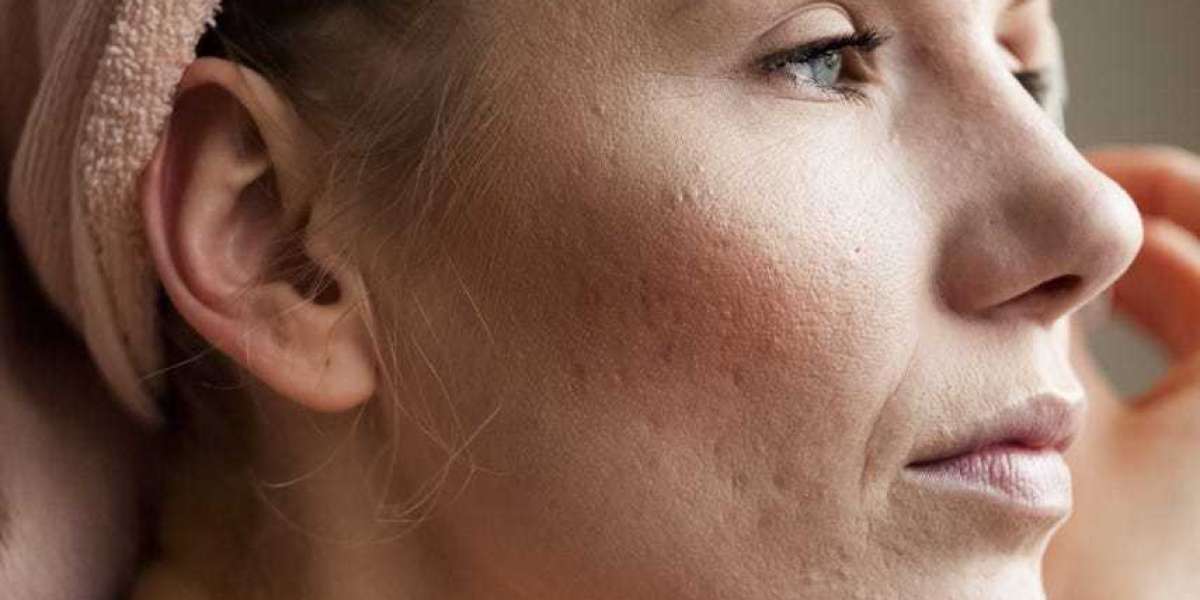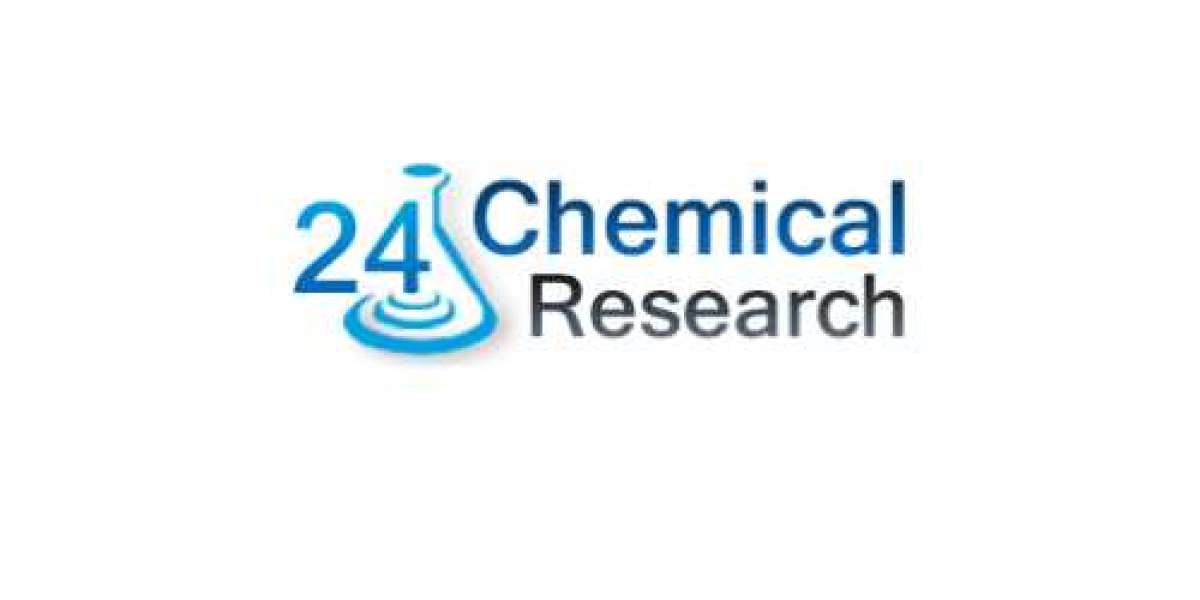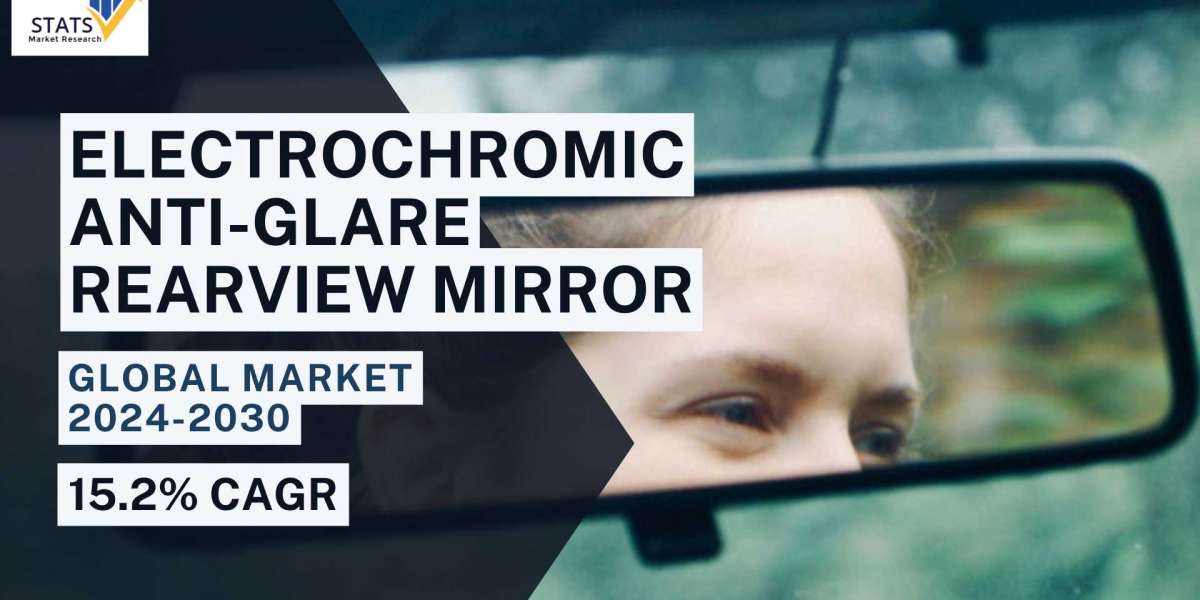Vitamin A (retinol) used topically to the skin of elderly people with frail skin may help to reduce fine wrinkles, collagen deficit, and atrophy.
According to Sewon Kang, M.D., of the University of Michigan in Ann Arbor, and colleagues, topical retinol improved the clinical look of naturally aged skin in a small, randomized, controlled clinical study.
It also boosted the levels of two matrix components, procollagen and hydroscopic glycosaminoglycan (hyaluronic acid), according to a study published in the Archives of Dermatology in May of this year.
Dr. Kang observed that when skin ages, even in the absence of UV damage, it becomes thin, loose, and finely wrinkled as the skin's underlying matrix is depleted. Poor wound healing, a proclivity toward non-healing decubitus ulcers, and even the development of skin malignancies are all significant dangers, especially in the constantly growing senior population in the United States of America.
Safe and effective therapies to reverse the atrophy associated with natural skin aging do not exist at this time, according to the researchers. This is likely due to the fact that skin aging is poorly understood and that conducting clinical studies in an elderly patient population presents a significant challenge, they added.
The study's original sample of 36 participants comprised 23 participants who finished the 24-week research study in full. Their average age was 87 years (range 80 to 96). The individuals were in generally good condition and did not have any skin problems on their arms when they participated in the study. More than twice as many women as males were accepted into the program.
The retinol lotion (0.4 percent) was applied to the upper-inner (sun-protected) region of one arm at each appointment, while the vehicle lotion (Neutrogena Body Moisturizer) was administered to the other arm at each visit. For a total of 24 weeks, lotions were administered up to three times each week.
In addition to clinical assessments utilizing a semiquantitative scale, biochemical measures were taken from skin biopsy specimens collected from the treated regions to compare the two arms.
The researchers observed that after four weeks of retinol administration, the tiny creases associated with intrinsic aging began to fade, with continuing improvement throughout the course of the trial.
Following a 24-week period of treatment, an intent-to-treat analysis revealed that there were statistically significant differences between retinol-treated skin (P0.001) and vehicle-treated skin (P0.001) in terms of changes in fine wrinkling scores (P0.001). The researchers concluded that the results of the study were significant differences between the two groups (P0.001).
According to the results of a small subset of patients, retinol therapy significantly raised glycosaminoglycan expression in six patients (P=0.02) by about 40% when compared with vehicle treatment. Procollagen I immunostaining was also shown to be considerably higher in four individuals (P=0.049) when compared to those who received the vehicle.
According to the researchers, significant induction of glycosaminoglycan, which is known to retain water, as well as enhanced collagen formation are most likely responsible for wrinkle effacement and reduction in wrinkle size.
A thin epidermis and dermis, as well as fewer keratinocytes and fibroblasts in the epidermis and dermis of old skin, were shown to be associated with clinically noticeable atrophy in the skin, according to the study's findings. Procollagen production was also shown to be decreased, as was the qualitative fragmentation of cutaneous collagen fibers, according to the study's findings.
According to the researchers, the four-week response in this trial was significantly faster than the response reported in photoaging investigations. To see a meaningful reduction in wrinkles produced by photoaging, it is common for patients to require at least two to three months of topical retinoic acid treatment.
According to the researchers, the variation in wrinkle effacement over time may be due to variances in the type of wrinkles induced by photoaging and wrinkles caused by intrinsic aging, which might explain the temporal difference. It might also be caused by the severity of the matrix shortage that has to be remedied by retinoids, according to the researchers.
In general, topical retinol was well tolerated by the participants. By week 24, the majority of individuals on the retinol-treated arm had experienced some degree of cutaneous irritation, including erythema (n=18), peeling (n=16), pruritus (n=12), dryness (n=14), and burning and/or stinging (n=3) on the retinol-treated arm. However, the majority of the responses were assessed as moderate. Three participants experienced severe cutaneous responses and/or symptoms that necessitated withdrawal of treatment consent.
The improvement was not long-term in nature, though. It was said by the authors that "Of the 36 participants who participated in our trial, 11 were evaluated 12 weeks after the therapy had been stopped in their case (week 36). Despite the fact that the difference in fine wrinkle severity score between the retinol- and vehicle-treated sides had decreased, it remained statistically significant between them (data not shown). By week 48, which was 24 weeks following the cessation of retinol therapy, there were no significant changes between the two groups."
The researchers stated that treatments for collagen deficit, such as ablative CO2 lasers, are not practical for chronologically aged skin since the procedure produces severe injuring and takes a long time to recover, according to the findings. Topical retinoic acid, for example, which has been licensed for the treatment of photoaging, is not suited for use in elderly populations, according to the researchers, due to persistent irritation at the application sites.
Retinol, on the other hand, is a precursor of the hormone retinoic acid. Once it has penetrated the skin, it is progressively oxidized to retinoic acid, producing effects similar to those of retinoic acid but with a far lower irritant impact, according to the researchers.
According to the researchers, the retinal preparation utilized in their investigation was purposefully conservative in order to optimize retention of the patients in the study. Treatment was postponed until skin responses decreased or improved, which is a possible source of bias in clinical trials of this nature.
According to the researchers, the moderate therapy used in this investigation helped to at least lessen, if not completely eradicate, unblinding and prejudice. In reality, despite the fact that three therapy sessions per week were scheduled, patients got an average of 1.6 treatments each week. It is likely that a more severe program may have resulted in more substantial benefits, according to the researchers.
Topical retinol is a promising and safe therapy for aging skin that has the potential to enhance clinical aspects associated with atrophic wrinkled skin while also increasing the dermal matrix of the skin. In this approach, Dr. Kang's team believes that the considerable morbidity associated with poor wound healing and persistent ulcer development can be minimized in the future.


